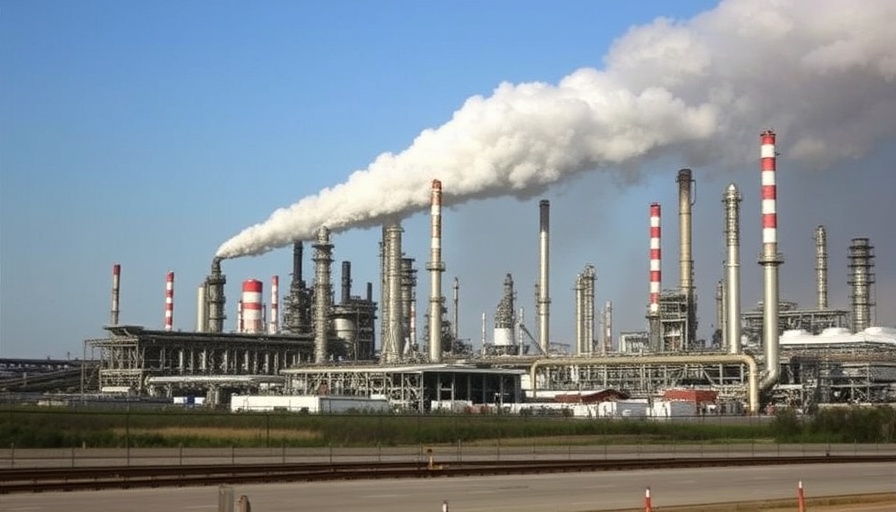
The Legacy of the BP Texas City Refinery Disaster
On March 23, 2025, the U.S. Chemical Safety Board (CSB) marked the 20th anniversary of the BP Texas City Refinery disaster, a catastrophe that not only claimed the lives of 15 workers but also left significant scars in the community and prompted a nationwide reexamination of chemical safety regulations. As business owners, property developers, and facility managers, understanding the implications of such disasters can guide safety initiatives that ultimately safeguard investments and personnel.
Understanding the Causes and Implications of the Disaster
The Texas City incident involved a series of failures, including operational errors and inadequate safety measures, showcasing the complex landscape of chemical safety in industrial settings. The CSB’s report highlights that a lack of communication and unclear safety protocol were central to the accident.
In light of this historical context, businesses must prioritize training and invest in safety technologies to preempt similar disasters. For instance, hazard communication systems and digital monitoring technologies are essential for informing employees about potential risks and better preparing them for emergencies.
The Role of Design in Enhancing Safety
One key takeaway from the BP disaster is the critical role of workspace design in promoting safety. By optimizing layouts to facilitate clear communication and easy access to emergency exits, facility managers can create environments that minimize risks. Additionally, investing in ergonomic and visually accessible designs can enhance not only safety but also employee morale and productivity.
As the design strategist behind impactful commercial spaces, I have witnessed how redesigning workspaces with safety considerations can lead to measurable improvements. For example, compartments designed for clear labeling and ease of access can reduce hazardous material mishandling, thereby lowering the risk of accidents.
Current Trends in Building Safety Regulations
In response to previous disasters, regulatory measures have become increasingly stringent. The push for safer buildings is reflected in the recent adoption of technology that monitors environmental conditions within facilities. From air quality sensors to real-time hazard detection systems, staying abreast of these innovations can provide a competitive edge and promote the well-being of all occupants.
Moreover, these trends signal the importance of integrating safety and sustainability within commercial construction projects. Properties that adhere to newer safety regulations not only avoid penalties but are also more appealing to socially conscious investors, making safety a crucial consideration in the property development process.
Embracing a Culture of Safety in Business
The BP Texas City disaster serves as a sobering reminder of the perils of negligence in industrial environments. As businesses and property developers, embracing a culture of safety is not merely a compliance issue; it’s a strategic choice that can enhance your brand reputation and ensure the welfare of employees and stakeholders alike. Investing in safety training, upgrading infrastructures, and staying informed about the latest regulatory standards reinforces your commitment to safety as a core value.
In conclusion, as we reflect on the lessons of the BP disaster, it’s clear that safe workplaces are not only essential for employee well-being but are also vital for the long-term success of any business operation. By taking proactive steps today, we can work towards building a future where safety is ingrained in the very fabric of our corporate ethos.
For businesses looking to fortify their safety practices and engage in responsible building initiatives, I encourage you to explore partnering with safety experts who can provide tailored solutions that meet your specific needs.
 Add Row
Add Row  Add
Add 




 Add Row
Add Row  Add
Add 

Write A Comment